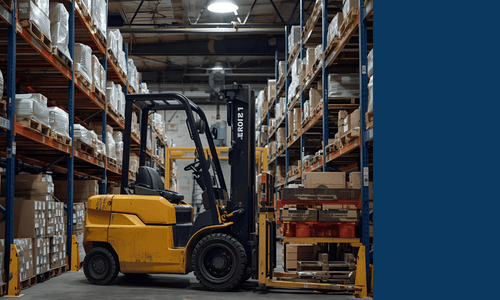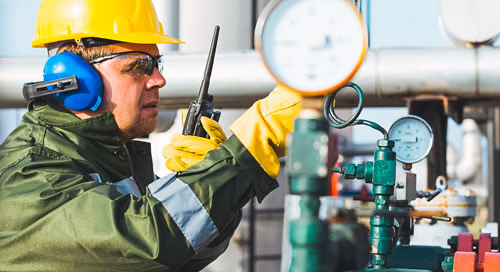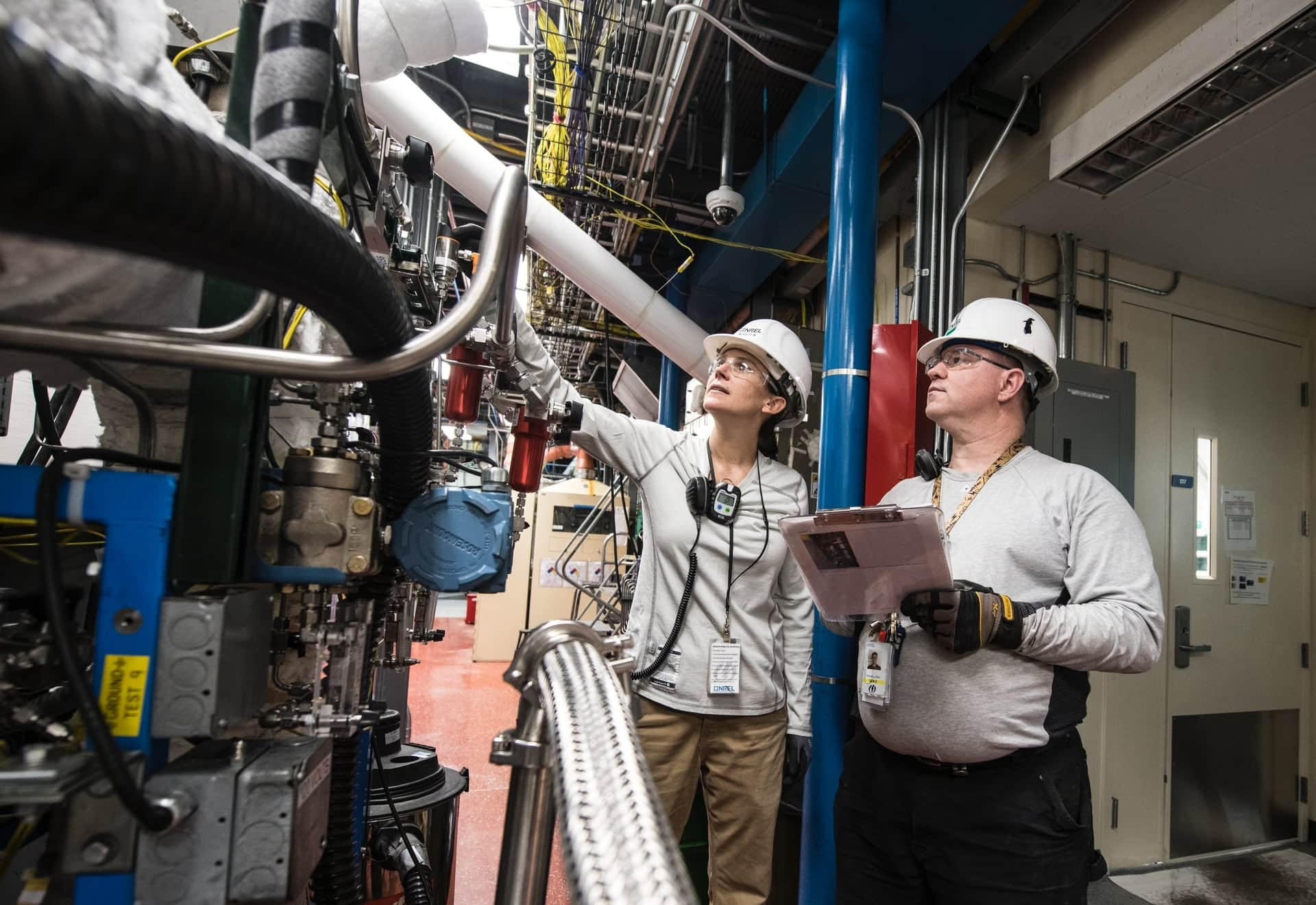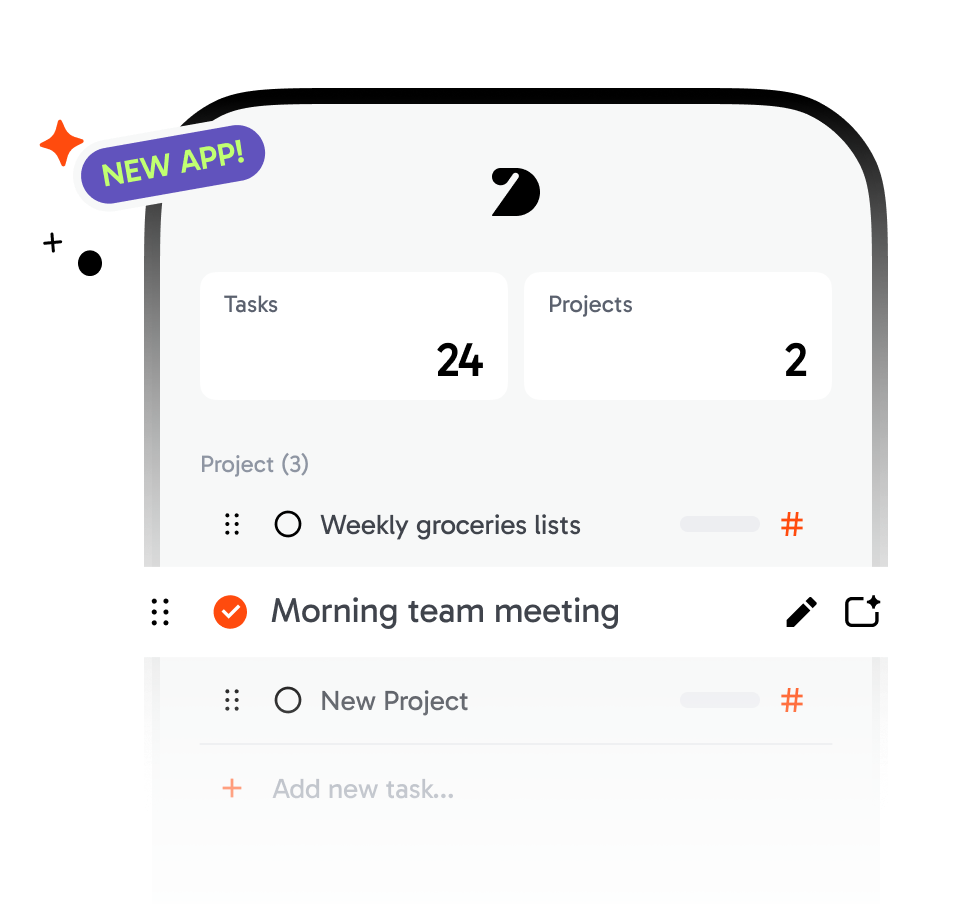What Is Physical Asset Management? Key Principles and Best Practices

The physical assets management system must be efficient and must include equipment, HVACs, production lines, and transportation modes. An unstructured organization is prone to report downtime numbers, costly repairs, and compliance issues, which significantly reduce productivity. This is where physical asset management comes in. This is a strategic framework for establishing the hows of maintaining, monitoring, and optimizing every asset that drives your business forward.

Core Understanding in Physical Asset Management
At its core, Physical Asset Management is the systematic way through which organizations track and maintain their tangible resources throughout the assets' life cycle. Beyond this, it is about performance maximization, risk minimization, and alignment of asset performance with business goals.
A strong program ties together people, data, and technology. Maintenance teams depend on centralized systems, such as fixed asset management software, to predict failure while controlling cost and ensuring that every component operates at optimal efficiency.
Why Asset Management Is Important to Every Asset
Mechanical equipment in an industry such as manufacturing, food and beverages, rather than retail, need to work safely and consistently. An effective asset management strategy helps:
- Increase the lifespan of expensive equipment
- Diminish losses from unintended downtime and repair increases
- Enhance the efficiency of energy consumption throughout facilities
- Compliance with safety and quality standards
- Support wiser budgeting and allocation of resources
Asset maintenance practices embedded in everyday operations, so that teams can tackle issues before they become an avalanche. Actionable insights, fortified by data analytics, sped up and made more accurate decision-making.
What Constitutes Effective Physical Asset Management: Life Cycle Perspective
Indeed, every asset has a life cycle from acquisition to operation, maintenance, and disposal and strategic management of each phase affords the highest return on investment. Organizations might, for instance, integrate corrective maintenance software to record asset sessions and automate service requests when performance dips.
Preventive and Predictive Maintenance
Prevention is much better than cure in every aspect of life, especially in asset management. Changing the approach from reactive fixes to preventive actions saves time and money. For example, Preventive Maintenance for HVAC systems reduce failures; improve air quality; and, almost invariably, extend asset life. When combined with IoT sensors and condition-based monitoring, maintenance schedules become smarter and more accurate.
Centralized Information and Transparency
Scattering data across poorly organized spreadsheets and manual tracking often results in lost information and inefficiency. Under a digital Asset Management Plan, every record-purchase detail to inspection logs-goes under one dashboard. Unifying this ensures transparency, accountability, and easier compliance audits.

Decision Making Based on Data
Neither is asset modern management by guess; it is metric-driven because the performance data allow teams to know which assets deliver value and which needs replacement. Based on these physical asset management system insights, they also give trends in usage patterns and maintenance frequency, thus helping leaders move budget allocations wisely.
Integration with the Maintenance Operations
Linking asset management to your maintenance workflow helps you get major performance boosts. For example, HVAC System Maintenance coupled with an automated work order to managers provides instant alerts to teams, which minimizes alert response time and keeps the costly breakdowns from even happening.
Best Practices in the Implementation of a Physical Asset Management Strategy
Developing an effective physical asset management configuration involves alignment among all departments, from procurement to maintenance. Here's how to create such a system that is sustainable:
Well-defined Aims: Identify which assets are critical to operations.
Digitized Asset Records: Use reliable tools, such as Fixed Asset Management Software, to monitor specifications, service logs, and depreciation.
Standardized Workflows: Develop standardized practices for maintaining all mechanical equipment.
Educate Maintenance Teams: Empower technicians by providing them with access to data and hands-on instruction to improve troubleshooting time.
Monitor KPIs: Track uptime, mean time between failures (MTBF), and repair costs to evaluate performance.
Constant Improvement: Revisit your asset management framework regularly to keep up with new technology and shifts in operational needs.
This way, maintenance teams will take a front foot in proactive operations rather than a back foot in reactive ones-keeping failures from happening instead of reacting to them.

Common Challenges and Except How to Overcome Them
Nothing perfect strategy emerges without challenges. Many organizations find inadequate data, communications, or siloed systems among their main challenges. Here is how each can be solved:
- Bring together all the maintenance activities into a single platform for better coordination.
- Incorporating alerts in Corrective Maintenance Software for direct action upon apparent problems.
- Customized Inspection Services: Conduct routine checks on HVAC and other critical assets.
- Build a culture of ownership with respect to asset reliability such that everyone in the company makes some contribution towards it.
- The objective is quite simple — change asset management from a cost center into a value driver.
The Future of Physical Asset Management
Technology has influenced how industries manage Physical Assets. Companies depend on advanced analytics, IoT sensors, and AI diagnostics to manage maintenance forecasting before failure occurs. Not only does this reduce downtime, but it also helps in strengthening sustainability by reducing waste and energy consumption.
Forward-looking facility managers are currently leveraging asset management systems to bring real-time monitoring into business intelligence dashboards. The result is better planning, lowered costs, and optimized performance across every operational level.

Why Choose OPMAINT for Physical Asset Management?
When it comes to physical asset management, choosing the right partner can change the way your organization fundamentally works. OPMAINT provides an all-inclusive platform to simplify Asset Maintenance management, assists in workflow optimization, and guarantees that every physical asset achieves peak performance. With features such as automated scheduling, real-time monitoring, and actionable insights, OPMAINT enables facility managers and maintenance teams to make smarter decisions, minimize downtime, and maximize the life of mechanical assets.
OPMAINT combines industry know-how with intuitive technology to deliver a trusted, all-in-one solution tailored to your operational needs. Book a Demo with OPMAINT or get started to see how it streamlines maintenance management.


.png)
